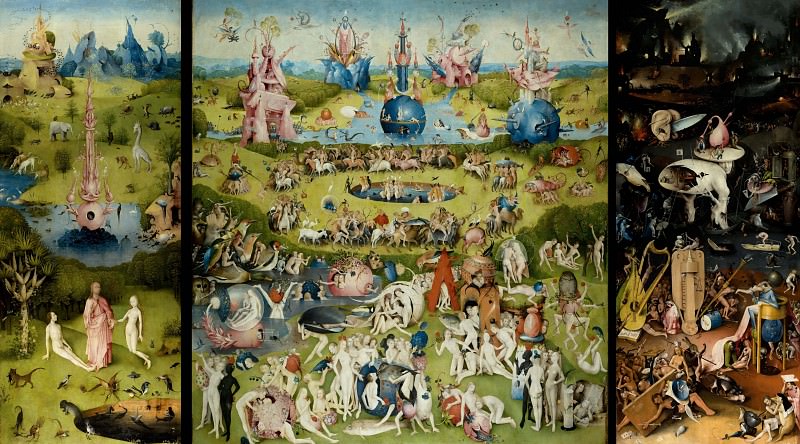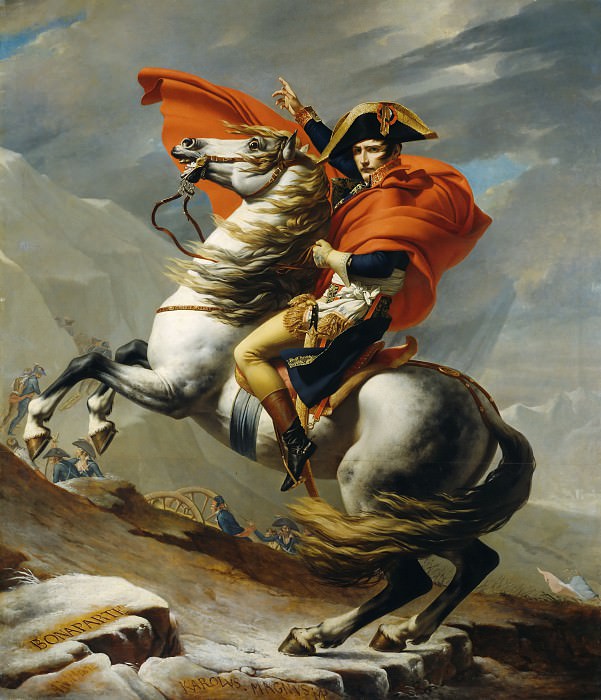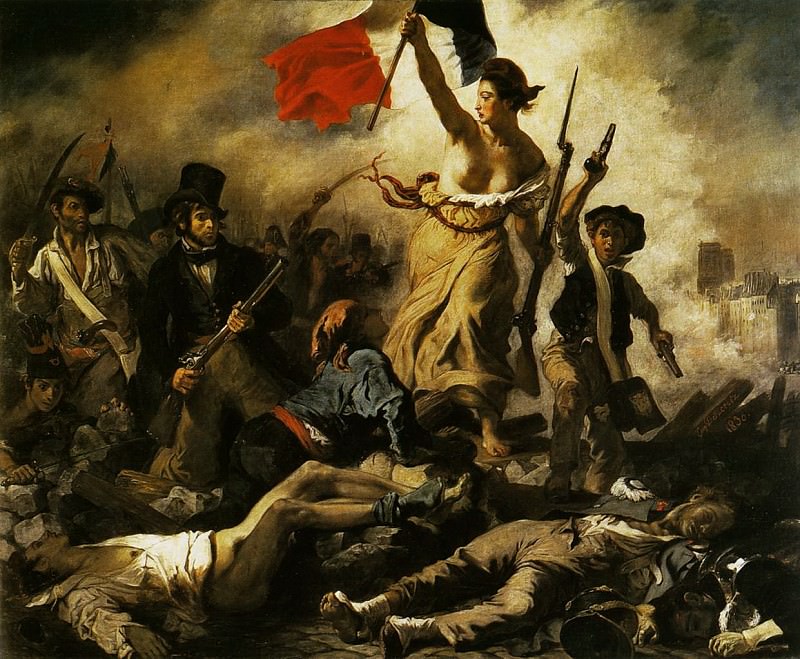The Art of Leon Battista Alberti: A Renaissance Visionary
Leon Battista Alberti, a towering figure of the Italian Renaissance, was not just a polymath but a visionary who left an indelible mark on the world of art. Born in 1404 in Genoa, Alberti was a true Renaissance man, excelling in multiple disciplines, including architecture, literature, mathematics, and philosophy. However, it is his contributions to the world of art that remain most celebrated today. His ideas and works are not just a reflection of his genius but also a blueprint for the cultural and artistic developments of the Renaissance.
The Intersection of Art and Architecture
Alberti’s contributions to the visual arts cannot be discussed without acknowledging his profound influence on architecture. For Alberti, architecture was the highest form of art, an idea he explored in his seminal treatise, De re aedificatoria (On the Art of Building). This work, which became the cornerstone of Renaissance architectural theory, is also an essential text for understanding Alberti's artistic philosophy. In it, Alberti argued that architecture should harmonize with its surroundings and that the proportions of buildings should reflect the proportions of the human body—a concept that would later become central to the development of perspective in painting.
Alberti’s architectural designs, such as the façade of the Santa Maria Novella in Florence, are masterpieces that embody his artistic ideals. The church’s façade is a study in balance, proportion, and classical harmony, blending Gothic and Renaissance elements in a way that had never been seen before. Alberti's approach to architecture was deeply artistic, emphasizing beauty, harmony, and order, all of which were principles he believed should govern all forms of art.
The Birth of Perspective in Painting
Perhaps Alberti’s most enduring legacy in the visual arts is his work on linear perspective, a technique that revolutionized the way space and depth were represented in painting. His treatise De pictura (On Painting), published in 1435, was the first systematic study of perspective in art. Alberti’s text provided artists with a mathematical approach to creating the illusion of depth on a flat surface, fundamentally changing the course of Western art.
Alberti’s insights into perspective were rooted in his belief that art should imitate nature. He proposed that painters should use a grid system to structure their compositions, ensuring that all elements within a painting would be in correct proportion to each other, much like in the natural world. This method not only allowed for more realistic depictions of space but also enabled artists to guide the viewer’s eye through a painting, creating a more immersive experience.
Artists such as Piero della Francesca, Leonardo da Vinci, and Raphael would later adopt and expand upon Alberti’s ideas, leading to some of the most celebrated works of the Renaissance. Without Alberti’s contributions, the development of perspective in painting might have taken a very different path, and the masterpieces of the High Renaissance might not have had the same depth and realism that we admire today.
Alberti's Influence on Sculpture
While Alberti is often associated with architecture and painting, his impact on sculpture is equally significant. Alberti believed that sculpture, like architecture, should adhere to the principles of harmony and proportion. He argued that sculptors should focus on the beauty of the human form, creating works that not only captured the physical likeness of their subjects but also conveyed their inner virtues.
Alberti's ideas on sculpture were revolutionary in their emphasis on the importance of the viewer's perspective. He suggested that sculptures should be designed to be viewed from multiple angles, with each perspective offering a different but harmonious view of the work. This concept would later influence the works of sculptors like Michelangelo, who created figures that are dynamic and engaging from all viewpoints.
Alberti's influence on sculpture can also be seen in his emphasis on narrative and expression. He encouraged sculptors to tell stories through their works, using the human form to convey emotion and action. This approach can be seen in the reliefs of Donatello and Ghiberti, where the figures are not merely static representations but are full of life and movement, telling stories that resonate with the viewer on a deep emotional level.
Alberti's Legacy in Renaissance Art
The art of Leon Battista Alberti is more than just the sum of his architectural designs, theories on painting, and influence on sculpture. It represents a shift in the way art was conceived and created during the Renaissance. Alberti's ideas laid the groundwork for the artistic revolution that would sweep across Europe in the 15th and 16th centuries, shaping the development of Western art for centuries to come.
Alberti's belief in the power of art to reflect and elevate the human experience was central to his work. He saw art as a means of understanding the world and our place within it, a tool for exploring the complexities of the human condition. This humanistic approach to art, which emphasized the importance of the individual and the pursuit of knowledge, would become one of the defining characteristics of the Renaissance.
In many ways, Alberti can be seen as the first modern art theorist, someone who understood that art was not just about creating beautiful objects but about expressing ideas, emotions, and experiences. His writings and works provided artists with the tools they needed to push the boundaries of what art could be, leading to the creation of some of the most iconic works in the history of Western art.
Conclusion: Alberti’s Enduring Influence
Leon Battista Alberti's contributions to art, architecture, and theory are immeasurable. His work laid the foundation for the Renaissance, a period of unprecedented artistic achievement that continues to inspire artists and scholars today. Alberti's ideas about perspective, proportion, and the role of art in society were revolutionary in his time and remain relevant in contemporary discussions of art and aesthetics.
As we look back on the achievements of the Renaissance, it is clear that Alberti's influence was profound. His work not only shaped the course of Western art but also provided a framework for understanding the world through the lens of beauty, harmony, and order. Alberti's legacy is one of innovation, creativity, and a deep respect for the power of art to transform both the artist and the viewer.
In the end, Leon Battista Alberti was not just an artist or an architect; he was a visionary who saw the potential of art to change the world. His work continues to be a source of inspiration and a reminder of the enduring power of the human spirit to create, innovate, and inspire.




